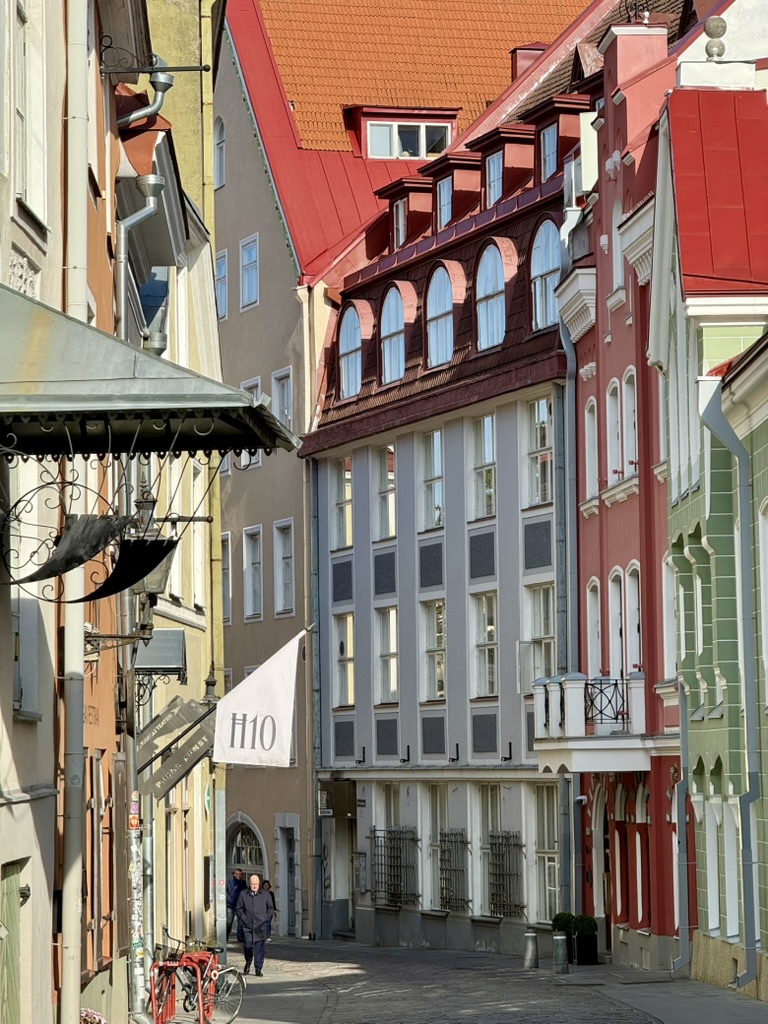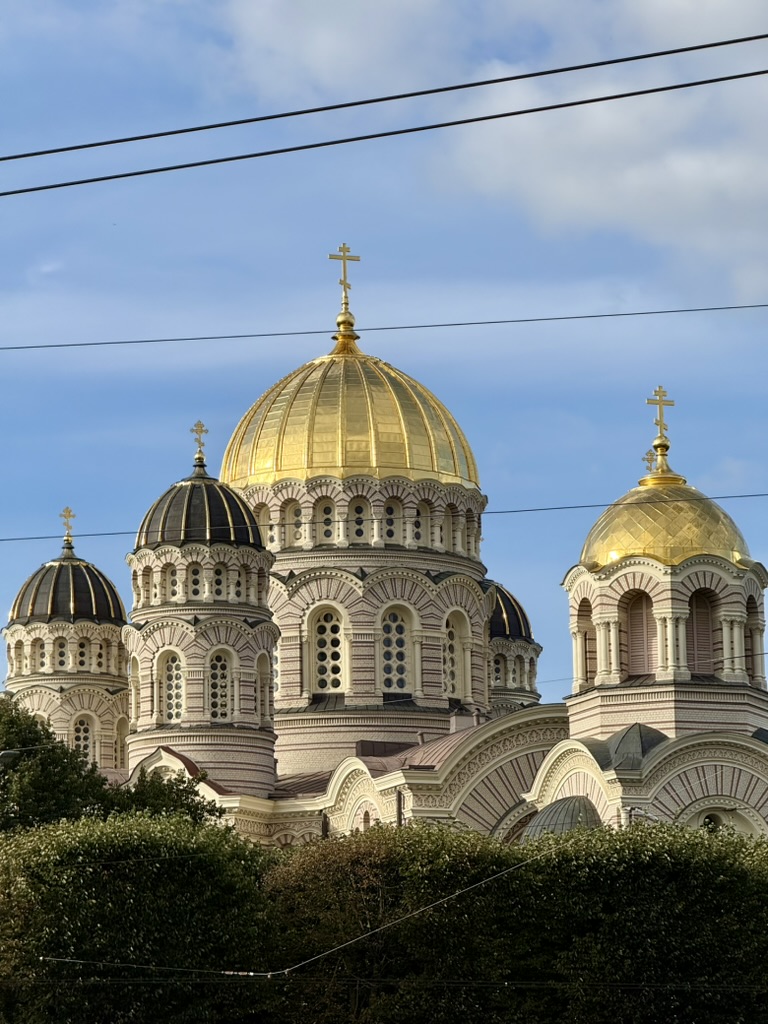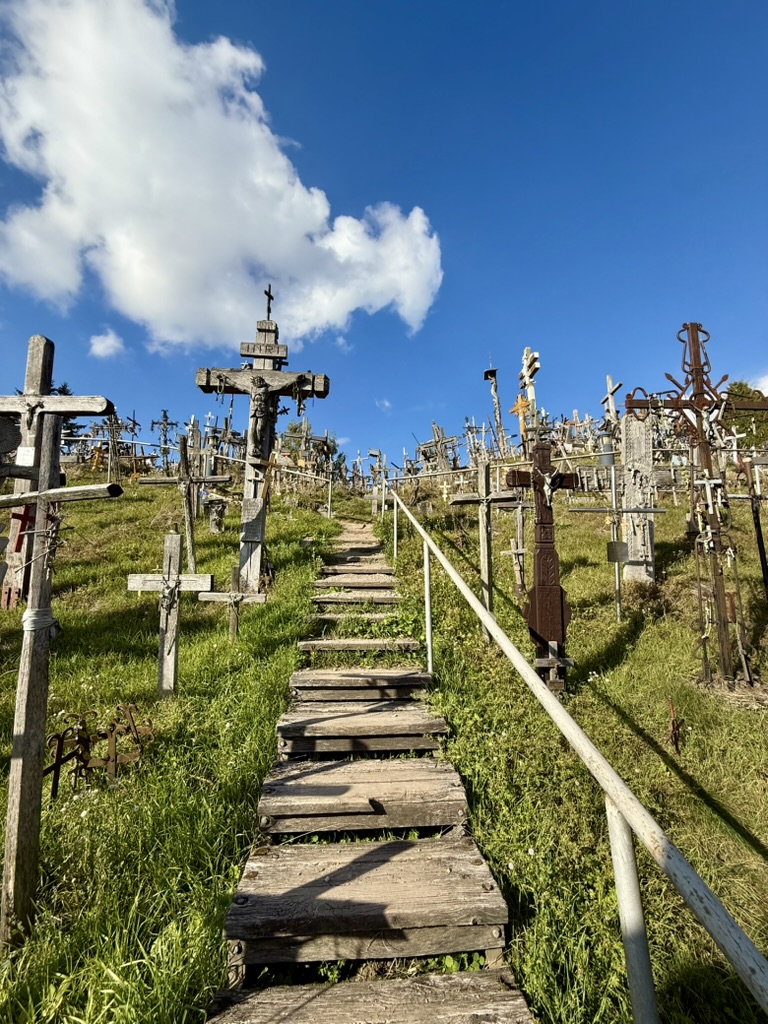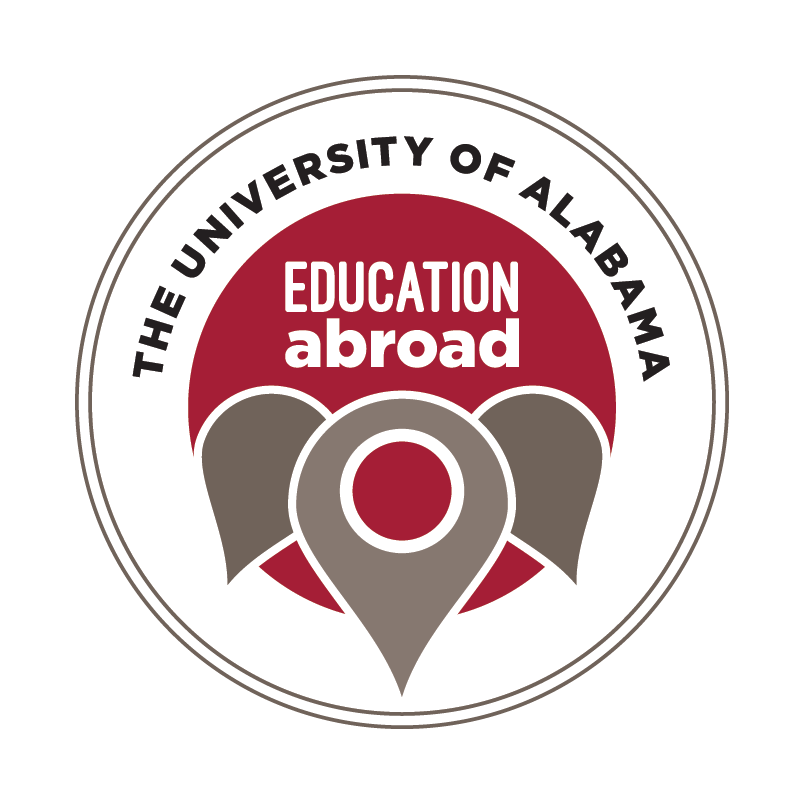
When you study abroad, it is easy to let your host city become your entire world. While immersing yourself in one location is valuable, the experience should not end there. One of the most significant advantages of studying in Europe is the remarkable accessibility of other countries and cultures. Taking excursions is essential for gaining a fuller understanding of the region you are temporarily calling home. Here, the extensive rail, bus, and ferry networks make it straightforward to travel from one country to another.
I recently took advantage of this by joining a trip with the Erasmus Student Network (ESN) Finland to visit the Baltic nations of Estonia, Latvia, and Lithuania. The journey itself demonstrated just how interconnected this part of the world is. From my base in Helsinki, it was only a two-hour ferry ride to Tallinn, the capital of Estonia. This was followed by a four-hour bus to Riga, Latvia, and another four-hour bus from Riga to Vilnius, Lithuania. In the US (depending on where you live), you might not even leave your own state during this time.

This excursion was important because it revealed just how distinct each of these neighboring countries is. Staying only in Helsinki might lead one to group these “Baltic states” together or view them as a single entity. Visiting them proved this assumption wrong. The trip provided a crucial understanding that I could not have gained otherwise.
For example, I learned that Estonia is the only one of the three that speaks a Finno-Ugric language, sharing linguistic roots with Finnish. Latvia, in contrast, appeared to have a more prominent Russian influence. Lithuania stood apart from both; it is not linguistically related to Finland, nor did it feel as tied to Russian culture, and it possesses a strong national identity rooted in its history of being one of the most resistant to Soviet influence.

Trips like this move you beyond the “study abroad bubble” of your host university. They show you firsthand how life, language, and culture vary dramatically, even across borders that are just a few hours apart. This is an understanding that you cannot gain from a textbook or by staying in one place. I would strongly advise any future student to set aside part of their budget and time specifically for these types of excursions. These are not just side trips, rather, they are a key part of the learning experience abroad.
